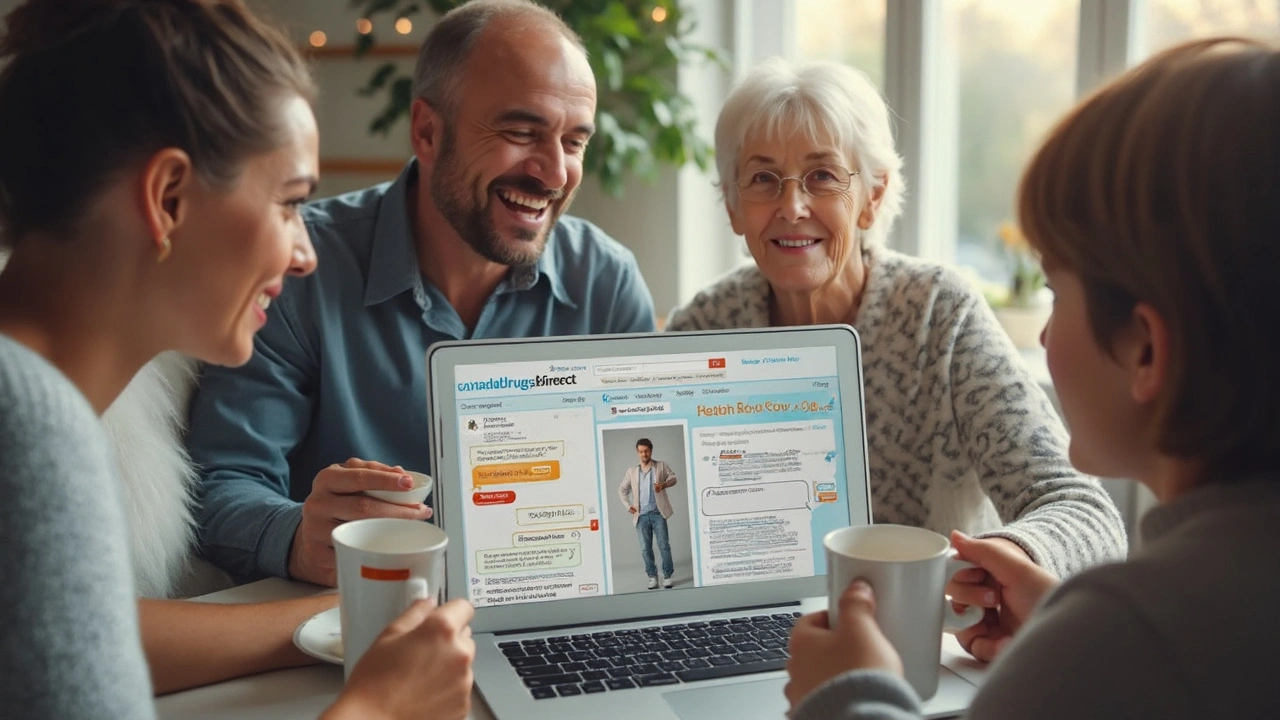Pharmacist access: how to reach your pharmacist and get medicine help fast
Need quick answers about a drug or a refill and not sure where to start? Pharmacists are more accessible than most people think. They do more than hand out pills: they check interactions, suggest safer OTC options, give dosing tips, and can help spot unsafe online pharmacies. This guide shows simple, practical ways to reach a pharmacist and what to expect when you do.
How to reach your pharmacist
In-person visits: walk in during business hours. Bring your prescriptions, a list of all meds (including supplements), and any recent lab results. A short curbside chat can fix many issues like dose timing or side effects.
Phone or text: many chains and independent pharmacies have phone lines or SMS services for quick questions and refill requests. Use this for straightforward items—like checking stock or confirming a refill—then follow up in person for complex concerns.
Online chat and portals: most big pharmacies offer secure messaging in their apps or websites. That’s handy for non-urgent questions, sending images of a rash, or submitting documents. Expect a reply window—usually hours to a day.
Telehealth and bundled services: some doctor networks now pair virtual visits with direct pharmacy delivery. If you use a telehealth bundle, make sure the pharmacy partner is licensed and requires a valid prescription. These combos can save time but check reviews and terms first.
What to ask and what to expect
Start with clear, short questions: "Will this interact with my other meds?" "What side effects should I watch for?" or "Can I swap this prescription for a cheaper generic?" A good pharmacist will answer plainly, note allergies, and document the conversation.
Medication review: ask for a medication review if you take multiple drugs. Pharmacists can spot dangerous overlaps, duplicate therapies, and opportunities to simplify dosing. This review can prevent hospital visits.
Prescribing and vaccinations: in many places pharmacists can renew chronic meds, prescribe minor-condition treatments, and give vaccines. Ask your local pharmacy which services they offer.
Red flags when using online pharmacies: no phone number, no license info, prices that look too good to be true, or they don’t ask for a prescription. If you plan to order online, check pharmacy accreditation and customer reviews first.
Privacy and records: pharmacists keep records of dispensed meds and counseling notes. If you want limited sharing, say so. But giving accurate info helps them keep you safe.
If a problem feels serious—severe allergic reaction, signs of overdose, chest pain—call emergency services or see a doctor right away. Pharmacists can guide you, but urgent symptoms need urgent care.
Quick checklist before you contact a pharmacist: list of meds and doses, recent lab numbers if relevant, clear question, and a photo of the medicine bottle if needed. That saves time and gets you a better answer.
Use your pharmacist. They’re an easy, free resource for safer medication use and smarter online buying. Small steps—like asking one good question—can prevent big problems later.

CanadaDrugsDirect vs Competitors: Mystery Shopper Customer Service Review
- by Colin Edward Egan
- on 3 May 2025
Ever wondered how CanadaDrugsDirect stacks up against other online pharmacies on customer service? From mystery shopper tests, we break down the real response speed and how easy it is to talk to an actual pharmacist. See what helps or hinders your access to support—plus clever tips for getting the fastest answers to your questions. This deep-dive shows exactly who’s winning the customer service showdown in 2025. You’ll get specific data and a clear view on how to shop smarter for your medications.
